Provided by James R. Touchstone Esq, Richard A. Lucero Esq
On July 23, 2021, AB1475 was signed and chaptered into law, and will take effect on January 1, 2022. The bill creates limitations on the ability of law enforcement agencies to disseminate booking photos on social media. The legislation also has retroactive reach to content already in existence or that might be created in the intervening remainder of the year.
The purpose of this Client Alert is to provide preliminary notification to law enforcement agencies about this legislation to assist in guiding contemporary future use of booking photos and to begin assessing any necessary changes to existing agency protocols. The full legislation is available at https://leginfo.legislature.ca.gov/faces/billTextClient.xhtml?bill_id=202120220AB1475.
Legislative Summary
The legislation adds Section 13665 to the Penal Code. The primary constraint imposed by the statute is found in Sec. 13665(a):
“A police department or sheriff’s office shall not share, on social media, booking photos of an individual arrested on suspicion of committing a nonviolent crime unless any of the following circumstances exist:”
Under Sec. 13665(c)(1), “nonviolent crime” means a crime not identified in subdivision (c) of Section 667.5. A roster of the violent offenses found in Section 667.5 appears in the addendum at the conclusion of this Alert.
The circumstances where a police department or sheriff’s office may share a photo associated with an arrest for a nonviolent offense are found in Sec. 13665(a) (1-3):
“(1) A police department or sheriff’s office has determined that the suspect is a fugitive or an imminent threat to an individual or to public safety and releasing or disseminating the suspect’s image will assist in locating or apprehending the suspect or reducing or eliminating the threat.
(2) A judge orders the release or dissemination of the suspect’s image based on a finding that the release or dissemination is in furtherance of a legitimate law enforcement interest.
(3) There is an exigent circumstance that necessitates the dissemination of the suspect’s image in furtherance of an urgent and legitimate law enforcement interest.”
Removal of Photos
The legislation also has removal provisions that can additionally be applied retroactively to any booking photo shared on social media. Sec. 13665(b)(3). The first of these pertains to photos associated with an arrest for a nonviolent crime.
“A police department or sheriff’s office that shares, on social media, a booking photo of an individual arrested for the suspected commission of a nonviolent crime shall remove the booking photo from its social media page within 14 days, upon the request of the individual who is the subject of the social media post or the individual’s representative, unless any of the circumstances described in subdivision (a) exist.” Section 13665(b)(1).
The second removal authority pertains to booking photos where the individual was arrested for the suspected commission of an offense identified in Section 667.5(c).
“A police department or sheriff’s office that shares, on social media, a booking photo of an individual arrested for the suspected commission of a crime identified in subdivision (c) of Section 667.5 shall remove the booking photo from its social media page within 14 days, upon the request of the individual who is the subject of the social media post or the individual’s representative, if the individual or their representative demonstrates any of the following:
(A) The individual’s record has been sealed.
(B) The individual’s conviction has been dismissed, expunged, pardoned, or eradicated pursuant to law.
(C) The individual has been issued a certificate of rehabilitation.
(D) The individual was found not guilty of the crime for which they were arrested.
(E) The individual was ultimately not charged with the crime, or the charges were dismissed.”
HOW THIS AFFECTS YOUR AGENCY
As an initial consideration, one point to note is this legislation is directed specifically at booking photos. It does not apply to posting of other images such as security video or other privately created images provided to a department.
In addition, the statute uses established law in terms of what digital information platforms are within the meaning of the restrictions. The new code section relies upon Penal Code section 632.01 as to what is to be considered “social media,” an excerpt appearing below:
“For purposes of this subdivision, “social media” means an electronic service or account, or electronic content, including, but not limited to, videos or still photographs, blogs, video blogs, podcasts, instant and text messages, email, online services or accounts, or Internet Web site profiles or locations.” Cal. Penal Code § 632.
However, in utilizing this definition, the Legislature narrowed how far it was intended to reach in terms of impacts to an agency’s public communication. Section 13665(c)(2) provides a limiting parameter, stating: “social media does not include an internet website or an electronic data system developed and administered by the police department or sheriff’s office.” (Emphasis added.)
As an assessment of administrative impact, it is difficult to anticipate the extent of requests agencies might receive to remove previously posted photos. Departments, on their own initiative, may elect to move forward with reviewing and removing obsolete posts of booking photos that continue to reside on their social media in contravention of the guidelines imposed by Section 13665. However, there is no obligation to do so absent a request from an interested party as defined by the statute.
In terms of impact to public safety dissemination of booking photos, most of the major investigations an agency faces would presumably fall within “imminent threat to an individual or to public safety” or “exigent circumstances…in furtherance of an urgent and legitimate law enforcement interest.” However, we can foresee areas where the application of the restrictions is not completely clear. One example, for purposes of discussion, might include investigation of theft from retailers and whether a specific situation rises to the level of being a sufficient basis to post a booking photo. In circumstances of this type, where it benefits the community to share the photo, factors an agency might consider potentially could include extent of financial loss, indications suggesting a risk of violence, or the probability of future victimization.
Violent Crime Addendum
For the purpose of this section, “violent felony” shall mean any of the following:
(1) Murder or voluntary manslaughter.
(2) Mayhem.
(3) Rape as defined in paragraph (2) or (6) of subdivision (a) of Section 261 or paragraph (1) or (4) of subdivision (a) of Section 262.
(4) Sodomy as defined in subdivision (c) or (d) of Section 286.
(5) Oral copulation as defined in subdivision (c) or (d) of Section 287 or of former Section 288a.
(6) Lewd or lascivious act as defined in subdivision (a) or (b) of Section 288.
(7) Any felony punishable by death or imprisonment in the state prison for life.
(8) Any felony in which the defendant inflicts great bodily injury on any person other than an accomplice which has been charged and proved as provided for in Section 12022.7, 12022.8, or 12022.9 on or after July 1, 1977, or as specified prior to July 1, 1977, in Sections 213, 264, and 461, or any felony in which the defendant uses a firearm which use has been charged and proved as provided in subdivision (a) of Section 12022.3, or Section 12022.5 or 12022.55.
(9) Any robbery.
(10) Arson, in violation of subdivision (a) or (b) of Section 451.
(11) Sexual penetration as defined in subdivision (a) or (j) of Section 289.
(12) Attempted murder.
(13) A violation of Section 18745, 18750, or 18755.
(14) Kidnapping.
(15) Assault with the intent to commit a specified felony, in violation of Section 220.
(16) Continuous sexual abuse of a child, in violation of Section 288.5.
(17) Carjacking, as defined in subdivision (a) of Section 215.
(18) Rape, spousal rape, or sexual penetration, in concert, in violation of Section 264.1.
(19) Extortion, as defined in Section 518, which would constitute a felony violation of Section 186.22.
(20) Threats to victims or witnesses, as defined in Section 136.1, which would constitute a felony violation of Section 186.22.
(21) Any burglary of the first degree, as defined in subdivision (a) of Section 460, wherein it is charged and proved that another person, other than an accomplice, was present in the residence during the commission of the burglary.
(22) Any violation of Section 12022.53.
(23)A violation of subdivision (b) or (c) of Section 11418. The Legislature finds and declares that these specified crimes merit special consideration when imposing a sentence to display society’s condemnation for these extraordinary crimes of violence against the person.
Cal. Penal Code § 667.5.
As always, if you want to discuss any of this in greater detail, do not hesitate to contact James R. Touchstone at jrt@jones-mayer.com and Richard A. Lucero at ral@jones-mayer.com, respectively, or by telephone at (714) 446-1400.
Information on www.jones-mayer.com is for general use and is not legal advice. The mailing of this Client Alert Memorandum is not intended to create, and receipt of it does not constitute, an attorney-client-relationship.


